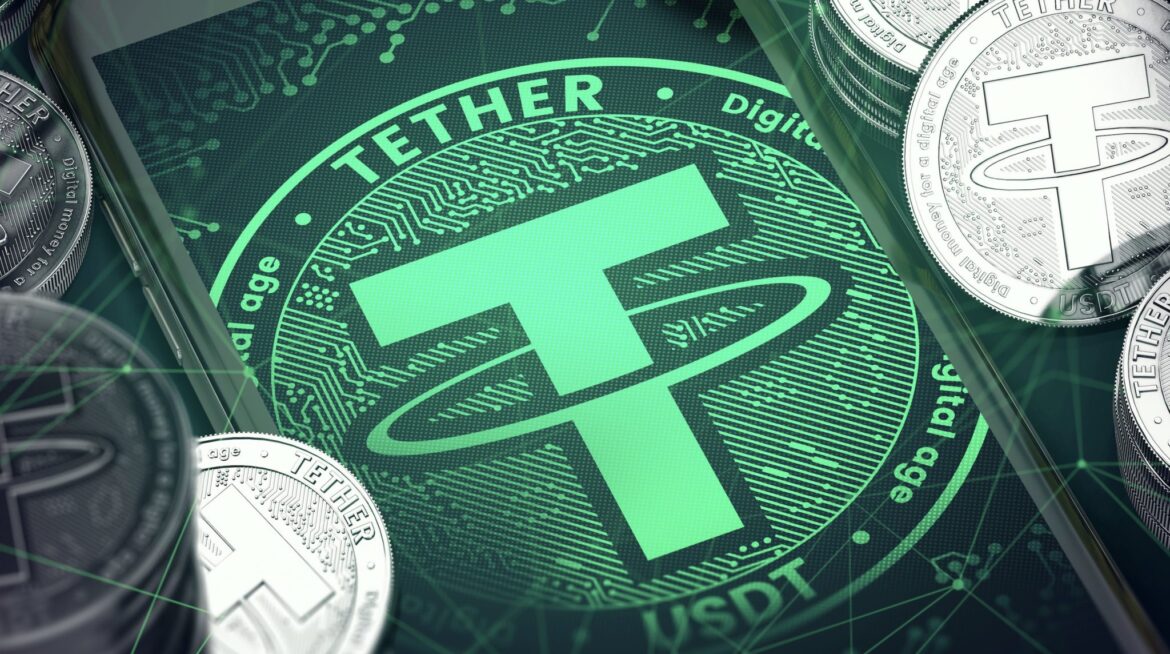
Tether (USDT) has maintained a dominant figure for the past three years when it comes to stablecoins in the crypto industry. At some point, it was regarded as the third-largest cryptocurrency by market capitalization. But it seems other rivals are fast catching up on the stablecoin. The increased rise in the value of USDC has got Tether developers looking over their shoulders.
While Tether is gradually losing a considerable market share, USDC has been rising steadily. If the trend continues this way, it won’t take long for Tether to get overthrown in the market, as analysts have observed.
USDT’s market share falls below 75%
Market analytics platform CoinMetrics provided interesting statistics to show how Tether has fallen in the market. The figure shows that for the first time since Tether was developed, its market share dropped below 75%. Although Tether’s developers and holders will take this as bad news, others in the market will feel it’s a welcome development. The market strives better when there is fair competition among tokens, which is exactly where the market is shifting to. It means Tether has lost its over-dominance nature as a stablecoin in the market.
And since the start of the year, about 90% of the $1 billion minted USDC this year has been passed across to central exchanges. According to reports, more traders are still willing to trade more of USDC than they are willing to trade Tether.
Traders are now more willing to explore other alternative stablecoins and are no longer depending on a single centralized provider for USD-pegged assets.
Tether facing regulatory issues
In terms of the legal framework for USDC, the company is backed by fully reserved assets and is issued by regulated financial institutions. However, Tether is facing some regulatory issues at the moment.
The government has proposed a new audit rule that will require stablecoin issuers to have a banking license and send their audits to the Federal Reserve. If Tether cannot meet up this new rule, it could further affect the position of its token in the market.
The regulatory issue with Tether could be the reason why it’s gradually losing its value among stablecoins in the market.
USDC giving Tether a run for its money
USDC is the main rival for Tether, and the stablecoin is not relenting to compete strongly against Tether.
The CoinMetrics data revealed that rose by 15%, representing its highest growth level since it was launched. Presently, there are more than $5 billion USDC tokens in circulation. The stablecoin even has the potential to rise above its current value. There could be more adoption for USDC when CirclePay is integrated into Blockfolio’s new trading platform.
Another report from Glassnote showed that the amount of USDC tokens on exchanges rose by 112% last month along. Before the end of the year, the amount on exchanges was about $431 million, but it grew to $915 million in January.
Apart from USDC, other stablecoins such as Binance USD (BUSD) and Dai are seeing noticeable growth in value and market capitalization.



